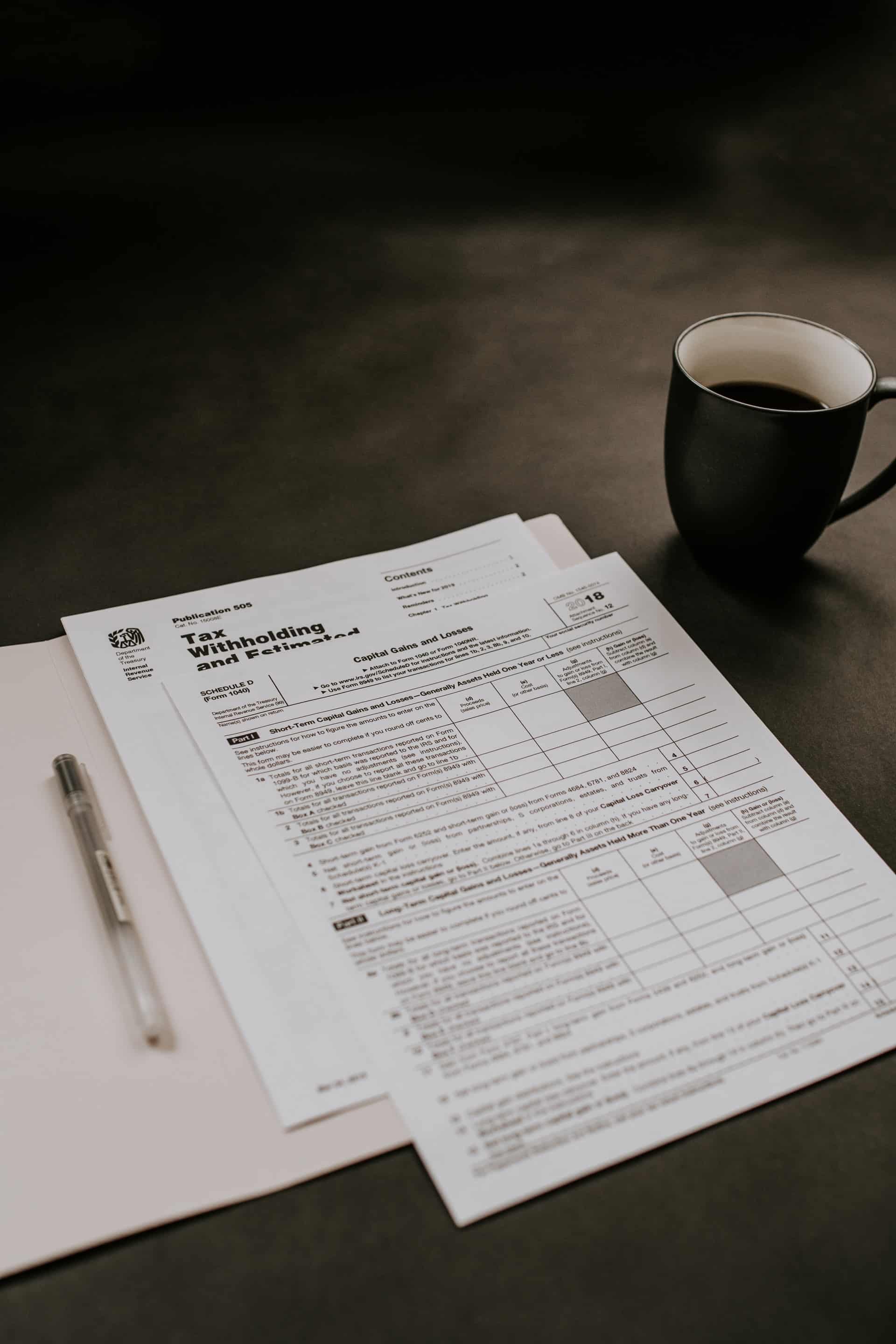Despite the fact that Cryptocurrencies were intended to be decentralized and unregulated by governments, you still have to pay your fair share when it comes to taxes. This implies that regardless of whether you are using your coins as an investment or as currency, you may need to pay taxes if their value has grown.
To find out how much tax you could owe on Cryptocurrency that you sold, spent, or swapped, use the Crypto tax calculator below.
If you are new to the Crypto market, you can start with your initial investments from a secured platform like bitcoin billionaire. This platform helps you keep all your transaction and exchange records that you’ll need while calculating your Crypto tax.
IMAGE: UNSPLASH
The Mechanism Behind Cryptocurrency Tax
When used as payment or cashed in, Cryptocurrencies create tax events because the IRS considers them to be assets. You must pay taxes on any gain you make when you sell, swap, or use a Cryptocurrency that has appreciated in value.
Taxes on Cryptocurrencies operate similarly to taxes on conventional assets like real estate. When they are used and gains are earned, they cause taxable events for the owners. Therefore, the most important aspect of comprehending Crypto taxes is the occurrences that result in the taxes.
Steps For Crypto Tax Calculation
If you want to calculate your Crypto taxes, follow the steps given below—
1. Tracking Your Transactions
To calculate your bitcoin profits for taxes, it is necessary that you have a record of all your transactions and the related tax lots. A tax lot is a collection of tokens that were purchased or otherwise acquired in a single transaction.
You need to include the transactions mentioned below:
- Quantity and currency of the sold digital asset.
- Date of acquisition.
- Fiat value at the time of trade or sale.
- Fiat value at the time of acquisition.
- The selling date.
Keeping track of unique circumstances, such as misplaced cash and rug pulls, is a smart idea. The easiest answer to this problem is Crypto-tax software, which automatically keeps track of your transactions.
2. Finding Cost Basis
The terms FIFO (first-in-first-out), LIFO (last-in-first-out), and HIFO (highest-in-first-out) essentially refers to three alternative approaches to determining gains and losses in bitcoin.
Each approach “sells” particular assets in a different temporal order from the accounting perspective, which eventually results in differing overall capital gains or loss figures on paper:
- FIFO- First-in, first-out use operates as intended. The first coin that you buy is the first coin that is included in the calculation of a sale.
- LIFO- It operates in direct opposition to FIFO. You sell the most current coins that arrived rather than the first ones you bought (i.e. the most recent coins you acquired).
- HIFO- Highest-in-first-out (HIFO) functions as it should. The coins with the highest cost basis (initial purchase) are those you sell.
3. Crypto Capital Gains
Depending on how long the assets were kept, different rates of taxation apply to Cryptocurrency transfers. The trade would be a short-term trade if they were kept for a year or less. A long-term trade was made if the assets were kept for more than a year.
The IRS gives long-term profits preferential treatment, with rates of 0%, 15%, or 20%, depending on your tax bracket. Gains made quickly are subject to your standard income tax rate.
Long-term and short-term trades are reported separately to the IRS because they are taxed at different rates. This implies that while computing your Cryptocurrency capital gains, you need also divide them up.
4. Calculating Crypto Profits
You may begin figuring out your capital gains and losses once you have gathered your whole transaction history.
Follow the steps below to calculate the Crypto profits for perfect tax calculation:
- Import all of your bitcoin exchange trade history, including any off-exchange deals.
- Make sure your Crypto taxes are computed correctly and that all previous data has been imported.
- If not, manually modify the information to make it accurate.
- Choose a Cryptographic accounting technique.
- Export the Cryptocurrency tax forms.
- Add your Cryptocurrency taxes on your return.
Conclusion
Transaction reports, which contain all buy, sell, and exchange transactions, are offered by several Cryptocurrency exchanges. You’ll need to either track the transactions yourself or get reports from each location where they took place.
You must fill out IRS Form 8949 to record all of your Cryptocurrency transactions after you have gathered them all.
IMAGE: UNSPLASH
If you are interested in even more business-related articles and information from us here at Bit Rebels, then we have a lot to choose from.


COMMENTS